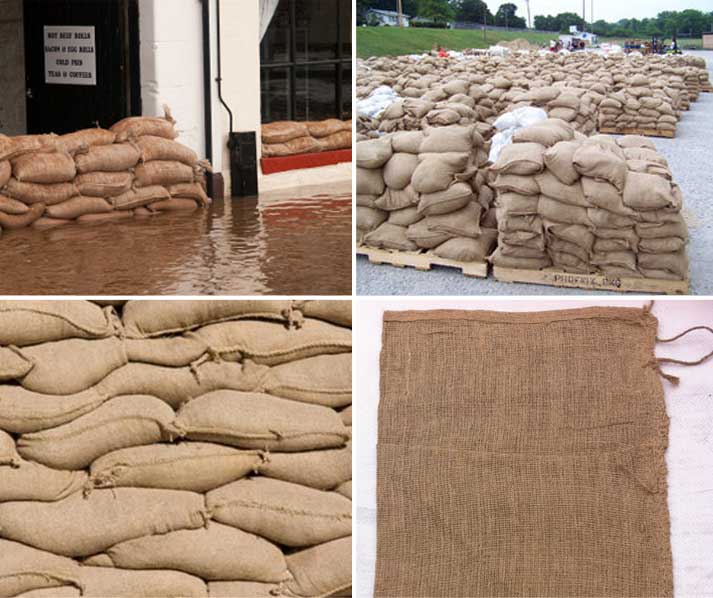- March 14, 2024
- Posted by: wellcoindustries
- Categories: Burlap, Erosion Control
Introduction
Erosion is a natural process that can have significant impacts on our environment and infrastructure. It’s the wearing away of the earth’s surface by wind, water, or other natural agents. In our continuous battle against erosion, particularly in vulnerable areas, finding effective, sustainable solutions is paramount. Burlap sandbags emerge as a hero in this narrative, offering a cost-effective, eco-friendly means to combat erosion. This article delves into the wonders of burlap sandbags, unveiling five effective ways they prevent erosion and protect our precious landscapes.

Understanding Erosion
Causes of Erosion
Erosion is primarily driven by water flow, wind, and human activities that disturb the land, such as construction and deforestation. Each cause has a unique impact on the landscape, contributing to the loss of topsoil, the creation of gullies, and the degradation of land quality.
Impact on Environment and Infrastructure
The consequences of erosion extend beyond the mere loss of soil. It can lead to reduced agricultural productivity, compromised water quality, and increased vulnerability to floods and landslides. Infrastructure, too, faces the wrath of erosion, with roadways, bridges, and buildings at risk.
The Role of Burlap Sandbags in Erosion Control
Benefits of Using Burlap Sandbags
Burlap sandbags are hailed for their simplicity, efficiency, and environmental friendliness. Made from jute fiber, they are biodegradable, promoting soil health and supporting the growth of vegetation. Additionally, their durability and ease of use make them an ideal choice for quick response measures and long-term solutions alike.
Five Effective Ways to Use Burlap Sandbags for Erosion Prevention
Directing Flow of Water
Placed strategically, burlap sandbags can redirect water flow, minimizing soil erosion along riverbanks and slopes. This method is particularly effective in areas prone to heavy rain or runoff.
Stabilizing Soil
By laying them out in rows or stacking them, sandbags can act as a barrier to hold soil in place, preventing it from being carried away by water or wind.
Supporting Plant Growth
Burlap material allows for water and air penetration, encouraging the germination of seeds and growth of plants. This vegetation can provide a natural reinforcement against erosion.
Building Barriers
Creating barriers with sandbags can protect vulnerable areas from wave action, runoff, and wind. These barriers can be temporary or part of a longer-term erosion control strategy.
Reinforcing Existing Structures
Burlap sandbags can also reinforce existing erosion control structures, such as levees and embankments, providing an added layer of protection and stability.
Implementing Burlap Sandbag Solutions
Placement and Installation Tips
Effective erosion control with burlap sandbags requires careful planning and placement. Ensuring proper overlap, securing the bags in place, and considering the flow of water are crucial steps.
Maintenance and Monitoring
Regular inspection and maintenance of sandbag structures are vital to their success. This may involve replacing bags, adjusting placements, or adding more layers as needed.
Case Studies: Success Stories of Burlap Sandbags in Action
Across the globe, burlap sandbags have been instrumental in preventing erosion and mitigating its effects. These case studies highlight their versatility and effectiveness in various environmental and climatic conditions.
Conclusion
Burlap sandbags stand out as a versatile, eco-friendly solution in the fight against erosion. Their ability to prevent soil loss, support plant growth, and protect infrastructure makes them an invaluable tool in environmental conservation and engineering projects. By understanding and implementing the five effective ways to use burlap sandbags for erosion prevention, we can take a significant step towards safeguarding our landscapes and ecosystems.
